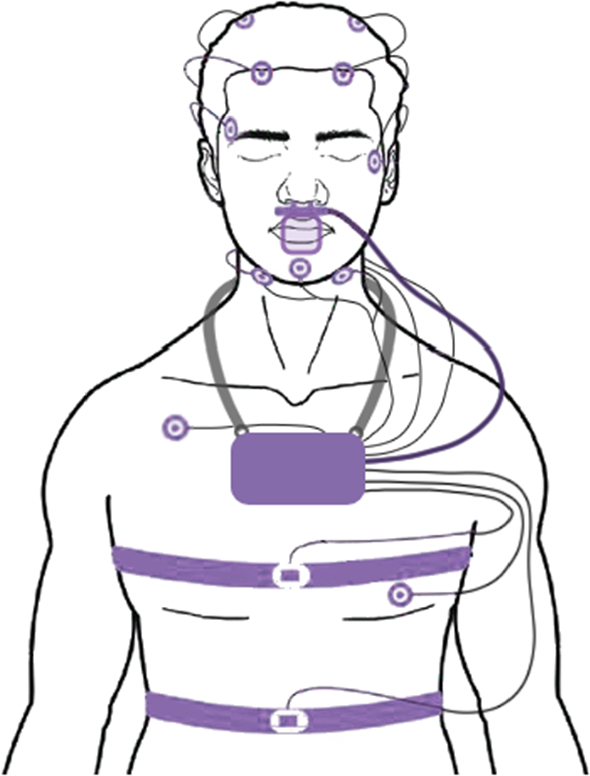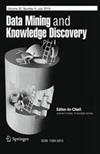Anomaly detection in sleep: detecting mouth breathing in children
IF 2.8
3区 计算机科学
Q2 COMPUTER SCIENCE, ARTIFICIAL INTELLIGENCE
引用次数: 0
Abstract
Abstract Identifying mouth breathing during sleep in a reliable, non-invasive way is challenging and currently not included in sleep studies. However, it has a high clinical relevance in pediatrics, as it can negatively impact the physical and mental health of children. Since mouth breathing is an anomalous condition in the general population with only 2% prevalence in our data set, we are facing an anomaly detection problem. This type of human medical data is commonly approached with deep learning methods. However, applying multiple supervised and unsupervised machine learning methods to this anomaly detection problem showed that classic machine learning methods should also be taken into account. This paper compared deep learning and classic machine learning methods on respiratory data during sleep using a leave-one-out cross validation. This way we observed the uncertainty of the models and their performance across participants with varying signal quality and prevalence of mouth breathing. The main contribution is identifying the model with the highest clinical relevance to facilitate the diagnosis of chronic mouth breathing, which may allow more affected children to receive appropriate treatment.

睡眠异常检测:儿童口部呼吸检测
以可靠、无创的方式识别睡眠中的口腔呼吸是一项挑战,目前尚未纳入睡眠研究。然而,它在儿科具有很高的临床相关性,因为它会对儿童的身心健康产生负面影响。由于在我们的数据集中,口呼吸在一般人群中是一种异常情况,患病率仅为2%,因此我们面临着异常检测问题。这种类型的人类医疗数据通常用深度学习方法来处理。然而,将多种有监督和无监督机器学习方法应用于该异常检测问题表明,还应考虑经典的机器学习方法。本文使用留一交叉验证比较了深度学习和经典机器学习方法在睡眠期间呼吸数据上的差异。通过这种方式,我们观察了模型的不确定性及其在不同信号质量和口呼吸流行率的参与者中的表现。主要贡献是确定具有最高临床相关性的模型,以促进慢性口腔呼吸的诊断,这可能使更多受影响的儿童得到适当的治疗。
本文章由计算机程序翻译,如有差异,请以英文原文为准。
求助全文
约1分钟内获得全文
求助全文
来源期刊

Data Mining and Knowledge Discovery
工程技术-计算机:人工智能
CiteScore
10.40
自引率
4.20%
发文量
68
审稿时长
10 months
期刊介绍:
Advances in data gathering, storage, and distribution have created a need for computational tools and techniques to aid in data analysis. Data Mining and Knowledge Discovery in Databases (KDD) is a rapidly growing area of research and application that builds on techniques and theories from many fields, including statistics, databases, pattern recognition and learning, data visualization, uncertainty modelling, data warehousing and OLAP, optimization, and high performance computing.
 求助内容:
求助内容: 应助结果提醒方式:
应助结果提醒方式:


